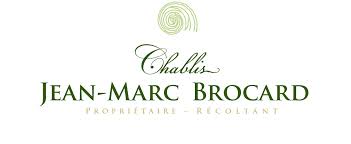Although it is still too early to gauge the quality of the 2015 harvest in Chablis, it is interesting to get a status report from a prominent estate, in this case Jean Marc Brocard in Préhy. Julien Brocard answers our questions:
Can you give us an indication of how the vines are doing thus far?
Julien Brocard: “Trellising, weeding and all other jobs done by hand are now complete. With regards to the soil, tilling has been regularly carried out up to now, but we are now stopping to allow nitrogen to be assimilated in the grape bunches and thus the musts. Because the weather conditions have been exceptional, the vineyard has been little affected by disease in this 2015 vintage and we’ve been able to limit intervention in the vines. Right now veraison is just starting, the colour is developing, and acid levels are falling significantly, whilst sugar levels are increasing rapidly. New phenolic compounds are forming, in particular tannins and the elements that give colour and aromas.”
So for the moment are there any similarities with 2003?
Julien Brocard: “The scorching heat in July was highly reminiscent of 2003. The vines have now gone without rain for over a month and a half. We are going to trim the vines one last time, leaving a wider canopy than usual to protect the grapes from the sun and the risk of scorching.”
If everything goes well, when might the harvest start?
Julien Brocard: “The weather is having a big impact on the harvest date since we are planning to start picking around the 10th September, which is a dozen or so days earlier than in 2014. At first we were counting 100 days after flowering, which gave us a date of 25th September. The harvest is looking pretty homogenous with the vines being fairly evenly loaded with fruit throughout the whole of the vineyard. Today we have the structure of the future 2015 vintage wines, all we need now is a little bit of water to produce the necessary quantities in each parcel. If it rains during summer, we’ll be able to fix the harvest date and obtain superb maturity levels!”



